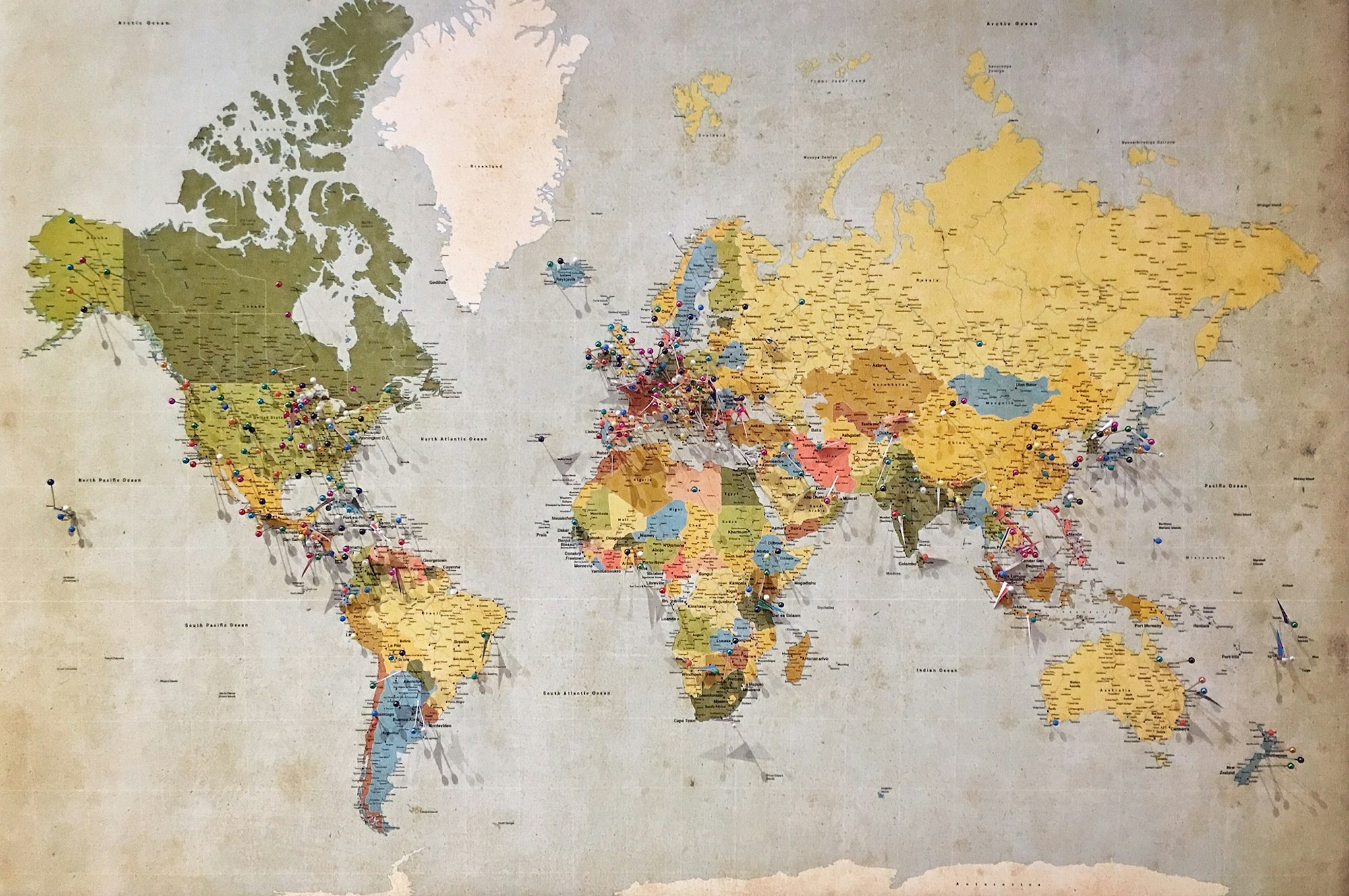Classifications of Hemp Products and Trade Statistics Challenges
The incomplete coverage of hemp products in trade statistics presents a challenge in gaining a comprehensive understanding of existing markets for industrial hemp. Therefore national sources of trade statistics must be included in addition to the international information.

Hemp is a versatile plant with a wide array of applications, and its classification in international trade is crucial for understanding its global market. But the incomplete coverage of hemp products in trade statistics presents a challenge in gaining a comprehensive understanding of existing markets for industrial hemp, including the assessment of global exports for each specific hemp product.
Only three hemp-related products are included in international trade statistics, particularly in the UN COMTRADE (United Nations Commodity Trade Statistics) database, which uses the six-digit level of the Harmonised System (HS) classification. For other recognised hemp products, such as hemp seeds, there are no specific six-digit HS codes. This means that a significant part of the trade in hemp products, the volume of which is unknown, is not included in the international product classifications.
In order to gain a more comprehensive understanding of the volume and composition of international trade in hemp products, national sources of trade statistics must be included in addition to the information provided by UN COMTRADE. Following is an overview of the current situation.

The Harmonised System (HS) Classification
The Harmonised System (HS) is a standardised numerical method for classifying traded products, assigning specific six-digit codes to various commodities. Adopted by 212 countries and territories, the HS serves as the foundation for Customs tariffs and international trade statistics. The latest edition, implemented in 2022, includes 5,613 HS codes, forming the basis of all national product classifications. Countries can extend these six-digit codes for more detailed classification.

Hemp vs. Cannabis
Hemp and cannabis come from the same plant, Cannabis Sativa L., but differ in their Tetrahydrocannabinol (THC) content, the psychoactive compound responsible for the "high" associated with cannabis. Cannabis with a higher THC content, is subject to strict regulations, while hemp with a lower THC content, which must be below 0.3% THC in the EU, is categorised differently.
The HS classification reflects this distinction, with THC explicitly mentioned only in one product category: HS code 2932.95, which covers all isomers of Tetrahydrocannabinols. National classifications further differentiate based on THC content and intended use. For instance, China uses separate codes for hemp and cannabis, indicating their legal status and usage restrictions. Terminology also plays a crucial role in classification. In cases where products do not have psychotropic properties, terms such as ‘hemp’ or ‘true hemp’ are used to emphasise the non-psychoactive nature of the product.

Hemp in the HS Classification
The HS classification covers three main hemp products, each representing different processing levels:
- Raw or retted hemp (HS code 530210): This category includes raw hemp fibres and encapsulates raw or retted hemp, highlighting the initial stage of processing before spinning.
- Processed but not spun hemp (HS code 530290): Moving along the processing spectrum, this category encompasses semi-processed hemp fibres, including tow and waste. However, debate ensues regarding the classification of tow and waste, as they could be construed as by-products rather than semi-processed goods.
- Hemp yarn (HS code 530820): The most processed product in this classification, covering various types of hemp yarn. The inclusion of hemp yarn underscores the versatility of hemp in textile production.

National Classifications of Hemp
While the Harmonised System (HS) provides a basic framework, individual countries often extend these classifications to better suit their specific market needs. National classifications therefore go beyond the HS codes, with countries adding around 20 hemp products that are not included in the HS system.
Here are some examples for the unique approaches to hemp classification of different countries:
- Seeds for Sowing vs. Other Uses: Both Canada and the U.S. distinguish between seeds for sowing and other purposes, reflecting regulatory differences based on end use. This distinction is also seen in Argentina and Morocco, each with their own specific codes.
- New Zealand's Detailed Approach: New Zealand categorises hemp seeds into whole seeds, hulled seeds, and other types, ensuring clarity in regulations and usage.

EU Regulations
The European Union distinguishes between raw hemp, hemp seeds for sowing and those that are not intended for sowing.
- Raw hemp (CN code 5302 10) for sowing: Must not contain more than 0.3% THC.
- Hemp seeds for sowing: Must be accompanied by a certificate stating that the THC content of the variety does not exceed 0.3%.
- Hemp seeds not intended for sowing: May only be imported from EU countries with authorisation and authorised importers must prove that the THC content of the variety is not higher than 0.3% and authorised importers must prove that the seeds have been treated to prevent their use for sowing.
- Stricter national regulations: EU countries can adopt stricter regulations in line with EU treaties and international obligations.
- Furthermore, there is an EU catalogue of industrial hemp varieties, which lists approved varieties.

Country-Specific Hemp Products
Some countries classify unique hemp products beyond the standard HS codes:
- New Zealand includes hemp flour and hemp meal.
- China considers hemp in the 12.11 HS category for pharmaceutical use.
- The United Kingdom includes hemp twine, cordages, and ropes.
- Australia includes narrow woven fabrics of hemp.
- Japan, Korea, and China include woven fabrics, each with unique codes and definitions.
While the focus here is on hemp, it's noteworthy that many countries also classify cannabis products separately, particularly those derived from cannabis flowers for medical or adult use.

Global Exports
Estimates based on combined data of national and international sources indicate that global exports of hemp seeds and related products reached around US$ 122 million in 2022, while processed hemp textiles nearly totaled US$ 50 million. Comparatively, UN COMTRADE (United Nations Commodity Trade Statistics) recorded exports of hemp fibres and yarn at approximately US$ 50 million, suggesting significant underestimation.
Approximately 60 countries engaged in hemp product exports from 2019 to 2022, with one-third classified as developing countries. North America and Europe lead in exports, followed by Asia and South America. China is the leader in terms of the diversity of exports, followed by India, the United States, Canada and several European countries. European countries, on the other hand, dominate global exports of raw hemp fibres.
It is important to emphasise that this does not include all products, as they may be incorrectly or differently declared.

Conclusion
Accurate classification of hemp products is essential for global trade. The HS system provides a standardised basis, but national classifications provide additional differentiation reflecting legal differences and product uses. This complexity emphasises the need for clear and precise classifications to facilitate international trade and regulatory compliance. Understanding these nuances helps companies navigate the global hemp market.


